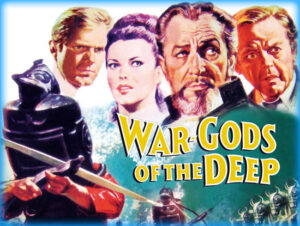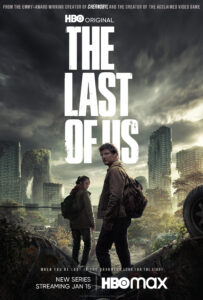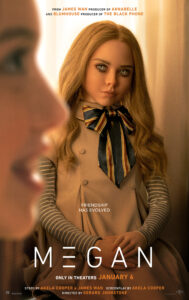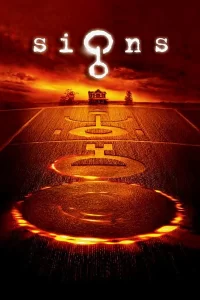Adapted from Kenneth Cook’s 1961 novel of the same title Wake in Fright is a psychological horror set in the vast Australian Outback, centered on machismo as a smokescreen for insecurity.
John Grant (Gary Bond) is a young, timid, and naive man teaching school in the isolated 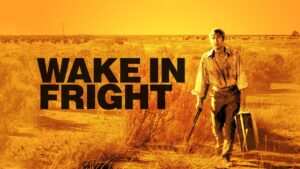 settlement of Tiboonda. As a condition for receiving a college education from the Australian government John posted a $1000 bond pledging to serving two years as a teacher in the arid, isolated, Outback. During the scorching Christmas break John leaves Tiboonda on his six-week holiday with visions of Sydney, beaches, and Robyn filling his dreams. During an evening’s stopover in the somewhat larger city of Bundanyabba, dubbed ‘The Yabba’ by locals, John crumples under peer pressure to drinking and gambling. He awakes to find that he has lost all his money, cannot fly out to Sydney, and must survive the Yabba and its drunken, rowdy, men.
settlement of Tiboonda. As a condition for receiving a college education from the Australian government John posted a $1000 bond pledging to serving two years as a teacher in the arid, isolated, Outback. During the scorching Christmas break John leaves Tiboonda on his six-week holiday with visions of Sydney, beaches, and Robyn filling his dreams. During an evening’s stopover in the somewhat larger city of Bundanyabba, dubbed ‘The Yabba’ by locals, John crumples under peer pressure to drinking and gambling. He awakes to find that he has lost all his money, cannot fly out to Sydney, and must survive the Yabba and its drunken, rowdy, men.
Wake in Fright is a study of men without hope, without futures, for whom the entirety of the universe has collapsed down to a singularity of drink, gambling, and violence with even sex relegated to a mere after thought. John’s timidness and naivete and his attempts to break the cycle of drunkenness fails utterly under to social pressures of burly men who measure their manliness in the ability to drink and fight. There are few women that John encounters in the Yabba, barmaids and counter clerks, with the exception being Jeanette, a woman for whom the men of the Yabba have scarred and who seems more of a shattered shell than a fully realized person.
The themes and metaphors of Wake in Fright come crashing together in the Kangaroo Hunt. John, having drunkenly boasted of his shooting skills, accompanies two rowdies and the Yabba alcoholic doctor (Donald Pleasence) into the wilds to hunt kangaroo. This is no measure, careful display of skill and wilderness craft. It is men nearly too inebriated to stand, tearing through the arid landscape in a battered automobile, slaughtering the animals they encounter. It is not for food or sustenance but a display a savage cruelty inflicted on the helpless.
(It should be noted that this sequence will be very disturbing to many people as it is not a simulated kangaroo hunt but one that the filmmakers captured from reality, save for the Kangaroo wrestling sequence in the evening. The Kangaroo Hunt is the most controversial aspect to the feature and weather is finds the filmmakers intended purpose of revolting the audience against the practice or glorifying it will reside in the mind of the viewer. It has been reported that the film crew engineered a ‘power failure’ to stop the hunt. Personally, I found it revolting but believed it could have been achieved by less cruel means.)
Director Ted Kotcheff and Cinematographer Brian West have achieved an admirable effort in capturing the dusty, isolating, and scorching heat of the Australian Outback. The audience is as alien to the setting as John Grant. Even in the comfort of my living room on a cool evening the photography and setting felt hot, dry, and oppressive. West utilized wide lenses, just shy of being fisheye, to not only capture the vast panorama of nothing that is the Outback but also inducing a mild edge of frame distortion that kept the film unreal and unsettling.
Gary Bond is credible as Grant but at 30 perhaps just a bit too old for the recent college graduate and naive character. Pleasence chews up the scenery as the drunken, chaotic, and destitute doctor. The doctor is a character who has abandoned all pretense that he might become a better person, and instead has surrendered himself to his vices, addictions, and fleeting whims.
Wake in Fright is a searing indictment of toxic masculinity long before that term took hold in popular culture. Not a traditional horror film, perhaps not even a folk horror, Wake in Fright‘s lies in the human heart, the condition that pushes men to surrender to their worst impulses and desires. Surprisingly free of sexualized violence, this film and its theme is about the violence we do to ourselves when we surrender out self-control.
Wake in Fright is currently streaming on Shudder.
